Agile* is closing
/After almost 12 years of consulting, teaching, writing, and hacking, it’s time for Agile* to close its laptops for the last time. We’ll be shutting down at the end of September.
When I quit my job and moved to Nova Scotia in 2010, I had no idea if Agile* was going to work at all. I knew there was a chance I’d be looking for work within a year, possibly even having to move back to Calgary, or on to somewhere else to find it. But with Evan — and later Ben, Justin, Kara, Tracy, Diego, Martin and Rob — we did more than just survive. We built a solid business providing services to governments, startups, and global corporations, as well as training, community events, and open source software to students and seasoned professionals alike. I think we had an impact well beyond our small size. And it was fun.
I’m so grateful to the global community of earth scientists and engineers that cheered us on, read the blog, bought the books, and hired us for work. If you’re reading this, you’ve almost certainly been part of it. Thank you. It’s not an exaggeration to say that all of it would have been impossible without your cheers, loud or soft.
You may be wondering what’s next. I’m excited to share that my family and I are moving back to Norway. Although I’ll always be a geoscientist at heart, I’m switching careers and joining Equinor as a software developer. I’m looking forward to learning tons and finding new ways to apply myself and, I hope, contributing to Equinor’s inspiring open source software program. For sure I’ll still be around the Software Underground on a daily basis. Maybe I’ll even keep blogging.
For now though, I’m going on holiday. Have an awesome summer 🚀
Matt and Evan at the Paris hackathon in 2017.











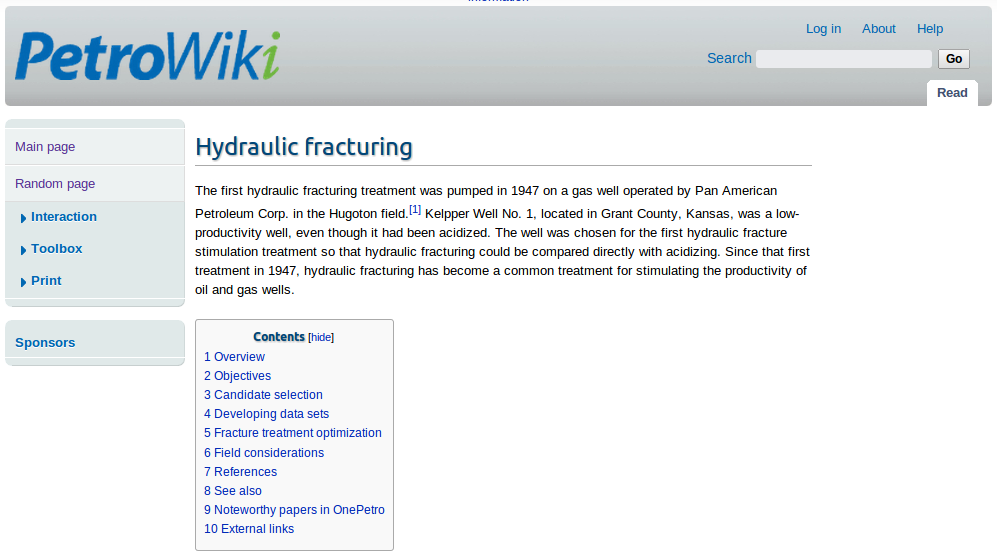
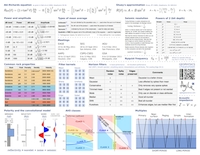

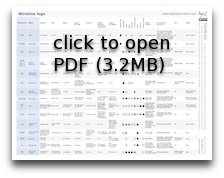
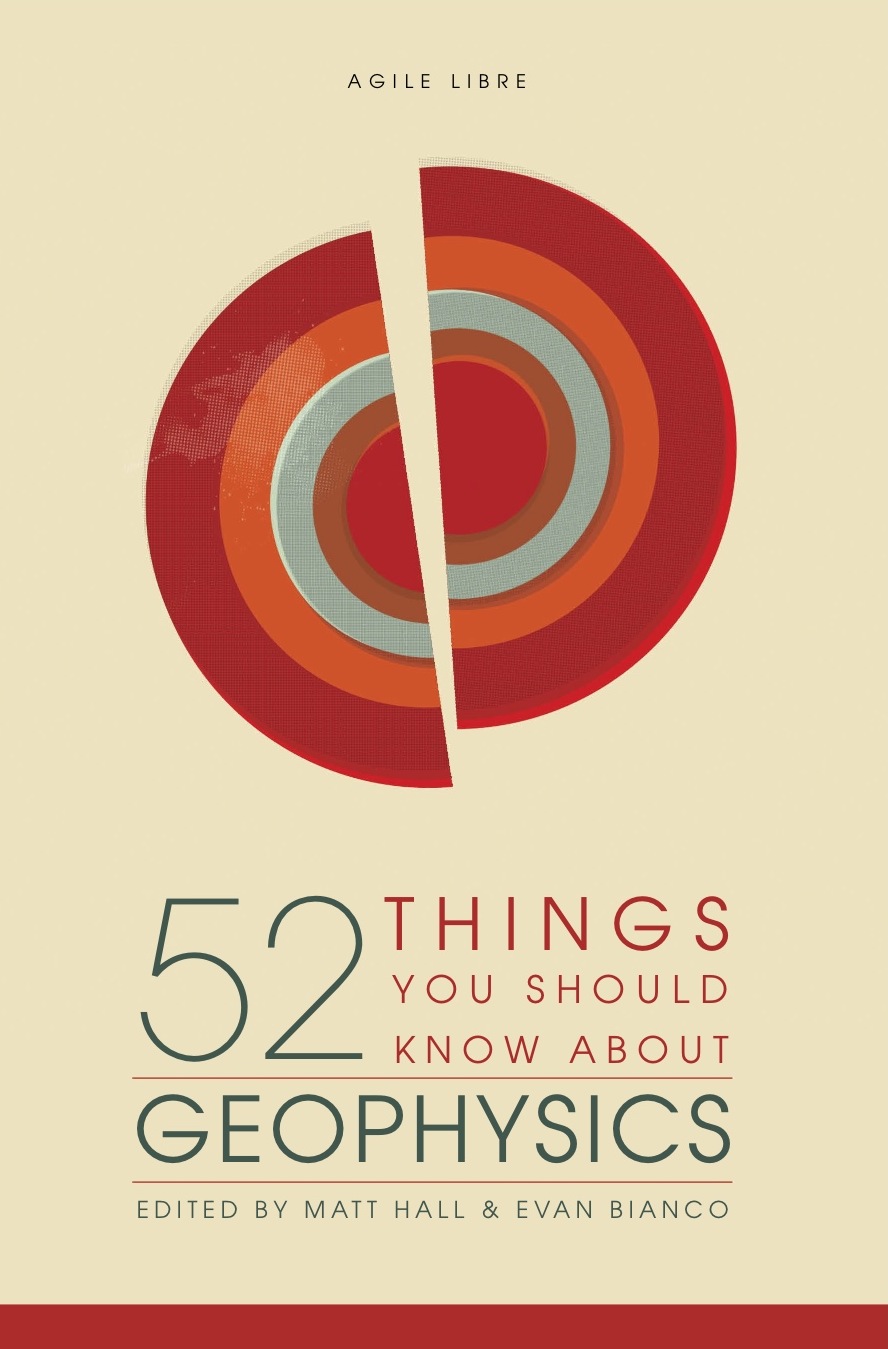
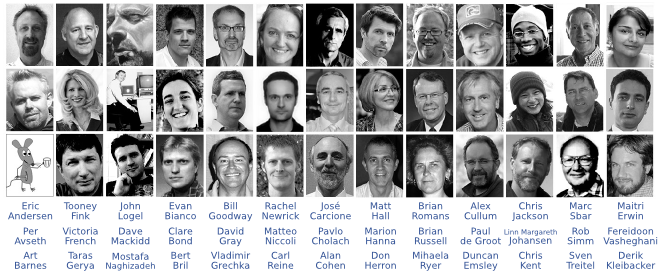







 Except where noted, this content is licensed
Except where noted, this content is licensed